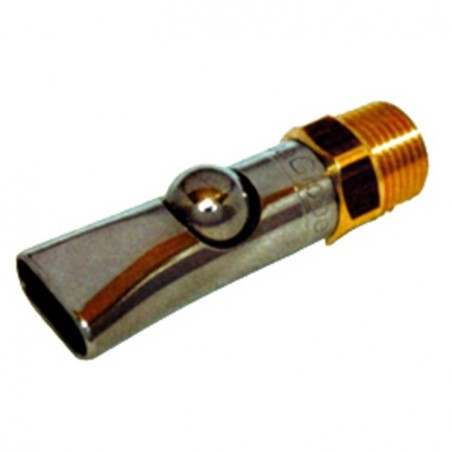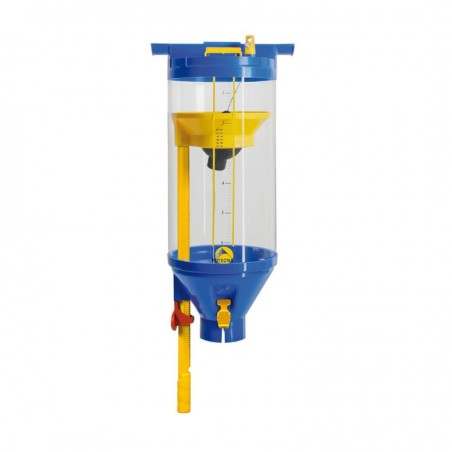As feed costs are still the largest expense for producers, fibrous feedstuffs such as dried citrus pulp (DCP), previously thought to be of marginal quality, are now being explored for use in swine diets because of their availability and low cost. In the present study, a total of40 pigs were fed 1 of 4 diets for 49 d: a corn soybean meal control diet (CON; n = 10), or the same diet with DCP replacing 15% (15DCP; n = 10), 22.5% (22.5DCP; n = 10), or 30% (30DCP; n = 10) of the total diet DM.
Overall, G:F over 49 d was greater in CON and 22.5DCP than 30DCP (P < 0.02). Pigs were slaughtered and initial pH was taken 60 min postexsanguination from the LM and the semimembranosus (SM). Carcasses were fabricated at 24 h postmortem, where initial meat quality measurements were made at the 10th and 11th rib interface of the LM and the gluteus medius of the ham face. Fat measurements taken at the blade region of the LM received higher L* values (P < 0.04) in CON animals compared with 22.5DCP and 30DCP. When evaluated objectively, bellies from CON pigs were firmer (P < 0.0001) than all other treatment groups, but both CON and 15DCP garnered higher subjective firmness scores than 22.5DCP and 30DCP (P≤ 0.04). Belly thickness at both the blade and flank ends decreased as DCP percentage increased, with CON exhibiting the thickest (P < 0.03) and 30DCP having the thinnest (P ≤ 0.02) measurements. Longissimus muscle chops from 30DCP pigs received higher juiciness scores from panelists than 22.5DCP and CON (P ≤0.03), while 15DCP chops only earned higher values than CON chops (P = 0.03). Though sensory panelists reported increased palatability (juiciness) of chops from pigs receiving 30% DCP, increasing DCP percentage of the total diet DM appeared to be economically detrimental to overall production because of negative impacts on growth performance and pork belly quality.

Strong, C.M., Brendemuhl, J.H. and Carr, C. 2014. Effects of dietary level of dried citrus pulp on growth, feed efficiency, carcass merit, and lean quality of finishing pigs. J. Anim. Sci Vol. 92, E-Suppl. 2/J. Dairy Sci. Vol. 97, E-Suppl. 1. Page 211, abstract 421.





